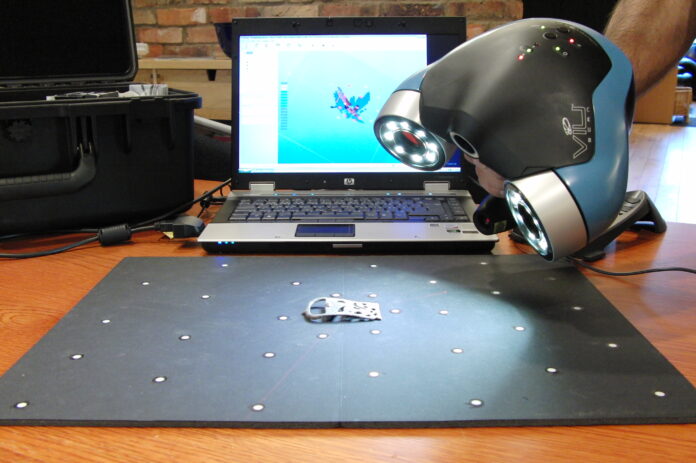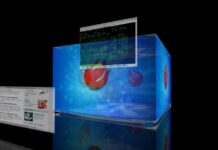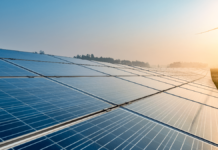With the growth in popularity of the 3d scanners and printers, people become more interested in the benefits of this technology. Although this is nothing new, the 3d devices are now more accessible and almost everyone can afford them.
However, before you purchase your first 3d scanner, you must understand how the device works. In this article, we’ll explain how does the scanner work. In addition, you will learn where are the most common applications and uses to determine your future areas of work.
Explanation of 3D Scanning
While every device works in its way, the principle of scanning is the same. They are using different methods to determine the shape and size of a certain object. The scanner is made of a lighting source or a laser and a sensor meant to catch all the lighting.
With triangulation and calculations, the sensor gets information about how far the object is, as well as all the points that have to be registered. The points together for a cloudy shape that gets further connected to come up with a model. This is called meshing and can be either made complex for more precise work, or simpler to come up with easier models.
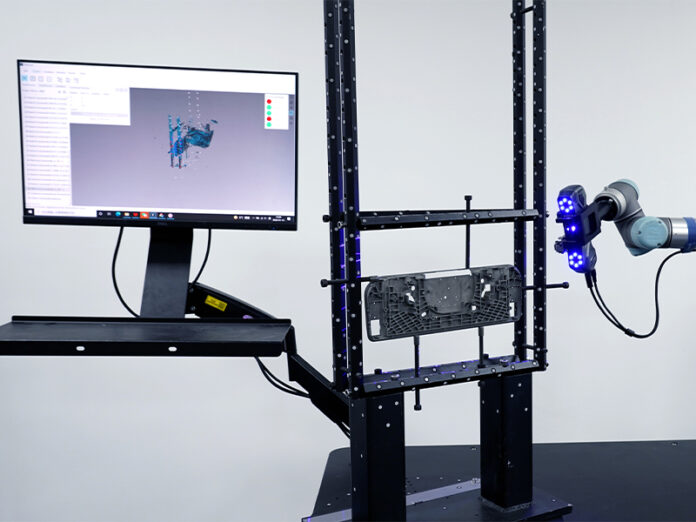
After that, it comes time for texture recognition. There is another scan that has to be done where the texture of the item gets mapped onto the meshed model. Every pixel that holds a V or U value gets registered and has its color. There is a special sensor for texture. While lighting is essential to come up with great scans, most devices come with a flash.
It takes multiple scans to come up with an accurate model. Every direction has to be recorded to prevent missing out on a point. After that, it comes time for the alignment of the scans and their registration. All of the scans made are combined into one model that gives all its physical characteristics of it.
Scanning Techniques
With various devices and situations, there are different scanning techniques required to come up with precise models. In the following, we’ll describe them so you can decide which technique is suitable for your project.
Scanning based on touch
The first method is determining the qualities of the object using a touch. The object gets mounted on a fixture or a plate where the scanner moves and notices the shapes and sizes. The program registers every point where the scanner touched the object which will result in a model.
This is a great technique for reflective or transparent objects where using lights is not suitable. These scanners are mostly used for controlling the quality of the fabricated objects or in manufacturing. However, if you need a device for domestic use and scanning freeform items, this is not the product for you since it is slow and not suitable.
Scanning using laser points and lines
Another technique is by using laser points and lines emitted from the scanner. They get reflected from the object and registered from the sensors of the device. This lets the software calculate the shapes and angles of the examined object leading to a precise 3d model.
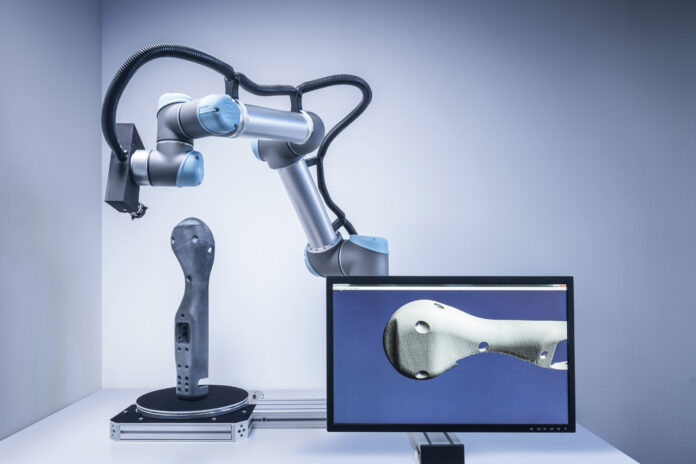
With a series of scans and using trigonometry calculations, every object can be easily mapped. The high-resolution images are perfect for environment scans. Translucent items cannot be properly mapped because the laser goes through them and there is no feedback.
Light structuring scans
Just like the scans with laser points and lines, this method also uses trigonometry calculations to come up with precise results. However, instead of a laser, a patterned light structure is displayed on the object. With the cameras on the scanner, the pattern presented on the object is recorded, and the coordinate lines are calculated to determine the shape of the item.
Not only this scanner is quick and produces models with a great resolution, but it’s precise and great for taking human models. However, because natural and ambient lights affect the results, it is not suitable for using them outdoors.
Pulsing laser scans
Instead of using trigonometry calculations, this method is calculating the time it needs for the projected laser beam to be registered on the scanner’s sensors. To make information about the whole object, the sensors are accompanied by mirrors to gain a complete three-sixty degree of the object’s shape.
This method is usually used to scan the environment, as well as large objects and structures. Compared to other techniques using a pulsing laser is slower but the precision is not compromised.
Photogrammetry
This is one of the most interesting techniques because it offers scans of large fields, forests, and spaces. The information is collected through measurements, angles, and other dimensional data taken from a photograph.
It is similar to the panoramic option we have on our smartphones, where multiple pictures are getting connected and overlapped to come up with a single model. The software involved in this process uses the triangulating calculations method of the lighting. This helps in the precise connection of the angles, distance, and characteristics of the object.
The only drawback to this method is that its quality is affected by the weather and any restrictions that might happen due to the environment.
Accessibility of the Scanners
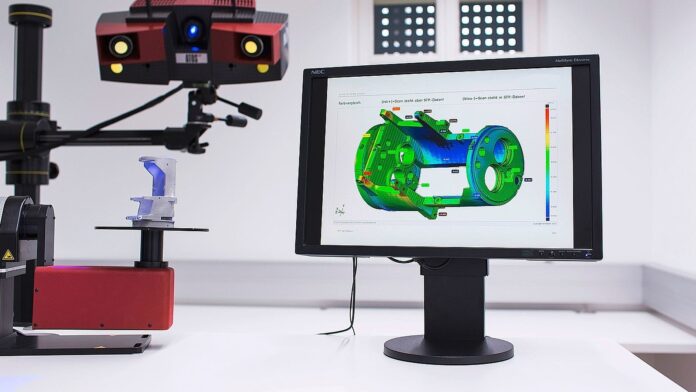
In case you find the 3d analyzing and printing interesting, it is great to understand that devices like the one from 3d-scantech are now more accessible than ever. While in the past they were not as precise and surely expensive, you can find practical scanners today for a couple of hundred bucks.
Before you consider purchasing, be sure to understand what you need the scanner for. That way, you will be able to look through buying guides and get the best product for your finances. Getting experienced in 3d scans and models is surely a way to set up a career, and work something you enjoy doing.
Scanners like these are essential in various industries. With various techniques where each has its good and bad sides, you can select the device that works best in your situation. Keep in mind that they all create great images and models that you will be able to further improve in programs later.

